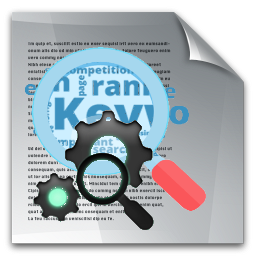| Id | 570 | |
| Author | Hébert C., Dagenais C., Sween-Cadieuxid E.M., Ridde V. | |
| Title | Video as a public health knowledge transfer tool in Burkina Faso: A mixed evaluation comparing three narrative genres | |
| Reference | Hébert C., Dagenais C., Sween-Cadieuxid E.M., Ridde V.; Video as a public health knowledge transfer tool in Burkina Faso: A mixed evaluation comparing three narrative genres ;PLoS Neglected Tropical Diseases vol:14 issue: 6 page:1.0 |
|
| Keywords | ||
| Link to article | https://www.scopus.com/inward/record.uri?eid=2-s2.0-85086355283&doi=10.1371%2fjournal.pntd.0008305&partnerID=40&md5=ae7ae64e94989c7c488237091d1008d7 |
|
| Abstract | Background The dengue virus is endemic in many low-and middle-income countries. In Burkina Faso, the proportion of fevers that could be due to dengue is growing. In 2013, a dengue epidemic spread there, followed by other seasonal outbreaks. Dengue is often confused with malaria, and health workers are not trained to distinguish between them. Three training videos using different narrative genres were tested with nursing students from two institutions in Ouaga-dougou: journalistic, dramatic and animated video. The study aimed to determine if video is an effective knowledge transfer tool, if narrative genre plays a role in knowledge acquisition, and which narrative elements are the most appreciated. Methodology A mixed method research design was used. The relative effectiveness of the videos was verified through a quasi-experimental quantitative component with a comparison group and post-test measurements. A qualitative component identified participants’ perceptions regarding the three videos. Data were drawn from a knowledge test (n = 482), three focus groups with health professionals’ students (n = 46), and individual interviews with health professionals (n = 10). Descriptive statistics and single-factor variance analysis were produced. A thematic analysis was used to analyse qualitative data. Principal findings Results showed that all three videos led to significant rates of knowledge improvement when compared with the comparison group (p <0.05): 12.31% for the journalistic video, 20.58% for the dramatic video, and 18.91% for the animated video. The dramatic and animated videos produced a significantly higher increase in knowledge than did the journalistic video (with respectively 8.27% (p = 0.003) and 6.59% (p = 0.029) and can be considered equivalent with a difference of 1.68% (p = 0.895). Thematic analysis also revealed that these two videos were considered to be better knowledge transfer tools. Four key aspects are important to consider for a video to be effective: 1) transmitting information in a narrative form, 2) choosing good communicators, 3) creating a visual instrument that reinforces the message and 4) adapting the message to the local context. Conclusions Video has proven to be an effective and appreciated knowledge transfer and training tool for health professionals, but the narrative genre of the videos can influence knowledge acquisi-tion. The production of other videos should be considered for training or updating health professionals and their narrative genre taken into consideration. The actual context of constant circulation of new diseases, such as COVID-19, reaffirms the need to train health professionals. © 2020 Hébert et al. |
|
| Metodology | Technique |











